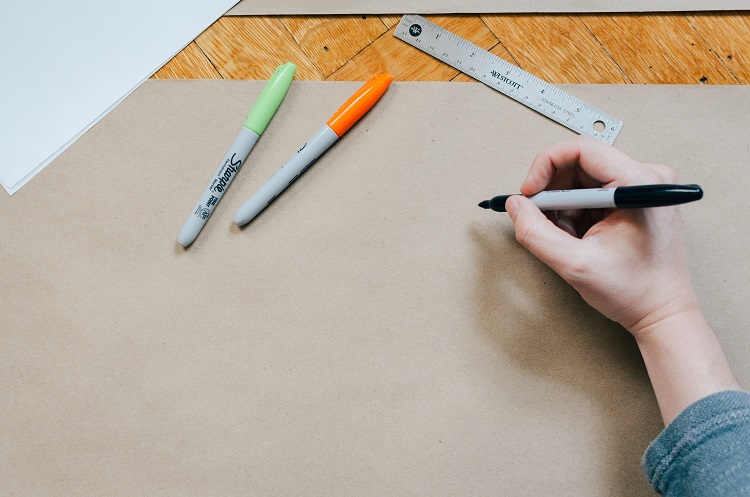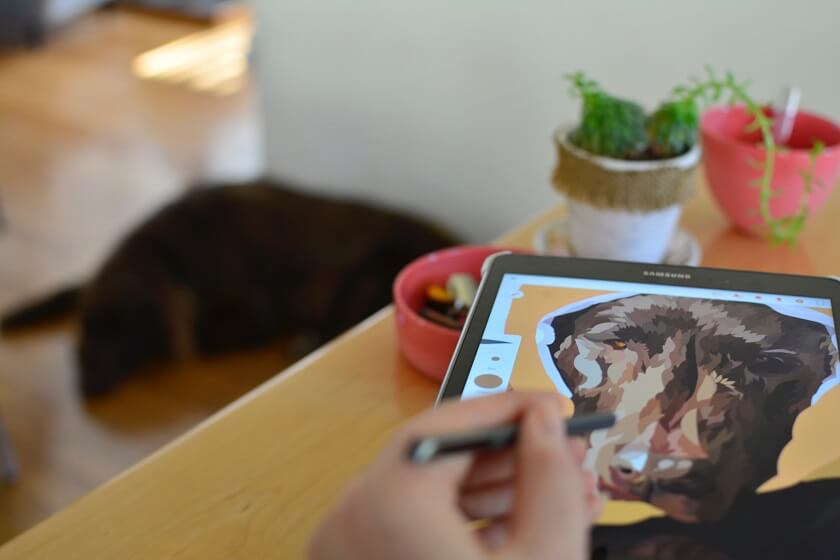An engineering design brief is a crucial document that guides designers by outlining project goals, constraints, and client expectations. To create an effective design brief, start by defining the project scope, objectives, and target audience. Include budget constraints, key milestones, and any specific design requirements. Collaborate with clients to ensure all necessary details are captured, facilitating a smooth design process. A well-crafted brief not only aligns team efforts but also enhances communication, ensuring project success. For optimal results, regularly update the brief to reflect any changes in project scope or client feedback.
For those that don’t know what it is, a design brief may be dismissed in the process of project design, and not even captured in their agreement templates or contract templates.
This should not be the case for well-organized projects. Experienced freelance designers and clients know that well-executed design briefs play a significant role in the success of their projects, and so the importance of one should not to be underestimated.
This article is dedicated to shedding light on what a design brief is, how to write a design brief, and questions to ask in a design brief to make it an effective one.
1. What is a design brief?
A design brief is a document that provides designers with guidance. The document focuses on the results and outcomes of a design by providing insight on important considerations and constraints likely to be experienced. These are prepared in consultation with the client.
It goes without saying; a good design starts with the creation of a design brief. Such a brief should be the point of reference throughout a project to ensure clear steps to tackle any design problem that may ensue.

2. When to use a design brief
It should be noted that design briefs are essential for almost all design-based projects. Design briefs are not only used for web design business, but they have also been proven to be useful in an array of design fields. Take for example the fields of architecture and engineering.
2.1. Architecture design
The design is a critical aspect of architecture, especially when looking to solve architectural problems. In this field, design briefs are core elements in beginning the design process. The needs of the client are vital in the preparation of these briefs, thus confirming the essence of actively consulting the client. The more information that can be obtained from the client early on in the design process the more effective future problem-solving will be.
2.2. Engineering design
Engineers use engineering design to identifying and solve engineering-based problems. Engineering design is a process during which a design brief should be used to shed light on the objectives of a particular design.
Engineers typically aren’t skillful designers so having a design brief to guide them is crucial to making sure the product they’re designing fits the client’s expectations.

3. How to write a design brief
Now that we covered what a design brief is, one may then ask, how do I go about writing a design brief? Or, what are the vital features that should be include in a design brief?
It is essential to consider these key elements if you want to craft a good design brief. It's also worth keeping in mind that a freelance contract can back you up in case anything goes south.
3.1. Objectives of the new design
The client should outline what he/she intends to create from the new design. The goals set must be clear enough to ensure the new design that will be based around satisfying the client’s needs.
3.2. Budget
Though a sensitive subject, knowing or creating the budget in advance will help in tailoring one’s services to offer the most value for the client’s money. As a designer, you should watch out for resistance on this one because many clients tend to think that sharing the budget ahead of time will only attract unnecessary overcharging.
A word of advice: being realistic when consulting about the budget with the client is necessary. Stingy clients tend to be the ones that ask the most questions and make the most demands. Sometimes it won’t be worth your time and energy working with a client trying to get an inexpensive design.
3.3. Schedule key milestones
The design brief should emphasize on a schedule that is flexible for both the client and the designer. Important deadlines and key milestones should be clearly set. Similar to the budget, the schedule of the process design must be as realistic as possible, and close to what you covered in your freelance proposal.
3.4. Project scope
This should entail information on what the project design will cover. For instance, this may include the design of an e-commerce site plus a shopping catalog, or a brochure website with company information or a new portal for educational purposes.
Asking your client about the possibility of integrating social networks and blogs can also assist in planning the design for a website.
3.5. Insight on the target audience
Who are your clients aiming to reach? This is an important query to ask. The reason for this is simple, a website designed for youths or fashionable and trendy teens is expected to be different from that aimed at reaching serious corporate decision-makers and CEOs.
Knowledge of this from the beginning is crucial to a successful design.
3.6. Insight on what is currently available
Knowing the promotional tools currently at the disposal of your clients will inspire your knowledge of what your clients prefer, as well as gain insight into their taste and priorities.
3.7. The overall look of the design
Some enlightenment of your client's vision is necessary for design solutions. Your client should share some thoughts of what they like and what they also don't like. This will give you a glimpse into what they expect in the overall look of the final design.
If your client provides you with a few design examples and what they like or dislike about them before commencing with the design process then it can result in a more pleasing result for the client in the end.
You can also refer to the examples the client showed you if they have any arguments about how your final design turned out compared to their expectations.
3.8. Guidance on what must be avoided
This will eliminate wasting time on creating designs that will be rejected by the client. Careful consulting with the client is necessary on this one.
In essence, a good design brief should inspire and challenge a freelance designer to produce great work.
If you want to simplify your design brief writing process, consider the help of Bonsai's all-in-one freelance suite for building stellar design briefs and proposals. Sign up for your free trial today!

4. What is the purpose of a design brief?
Design briefs help both the designer and client achieve their goals by mutually agreeing on a set of points. If you want to master how you write design briefs, consider the following:
- They provide an overview of the entire project. From the designer’s perspective, this means you save time on making unnecessary calls, or writing pointless emails seeking clarifications on items on the project design.
- From the designer’s perspective, a comprehensive brief implies the client has a clear vision of what is needed. This promotes motivation for the designer to work on the project and know that they are going in the right direction.
- A well-designed brief allows both the client and the designer to gain a glimpse of the expected design solution. The thought of this should be worthwhile from the get-go.
5. Design brief questions
Going by the information outlined above, the following items should be included in your creative brief before progressing with the design process:
- What are your company’s goals and objectives? How do these relate to the objectives of your new project design?
- What is the scope for your project design?
- Who is your target audience?
- What pictures and images need to be used? Will you be providing them?
- What is your realistic budget for the project design?
- What is your most realistic and flexible schedule for the project design?
- What is currently available when looking at your promotional tools?
- What is the expected overall style of the new design?
- What are the "do not's" in the new project design?
Final thoughts
A design brief is an essential document that guides the course of project design in vital design fields (environmental design, web/graphic design/communication, architecture, product design, fashion design, architecture, interior design, jewelry design, engineering and so on).
The questions in your design brief and their answers can be used as a blueprint containing everything that is instrumental to successful project execution. It should provide an easy reference for the project design throughout the project’s timeline.
When a design brief is well put together it will provide guidance about what will be considered a successful design. It allows designers to stay on track and prevent the client from asking for things that are outside of the specified scope of the design. A design brief keeps clients and designers on the same page and helps resolve arguments before they ever happen.
Now that you know how to write a design brief don’t forget to use one on your next design project - with the help of Bonsai you can put together one to impress. Sign up for your free trial today! If you're interested in invoices, check out our graphic design invoice template.







